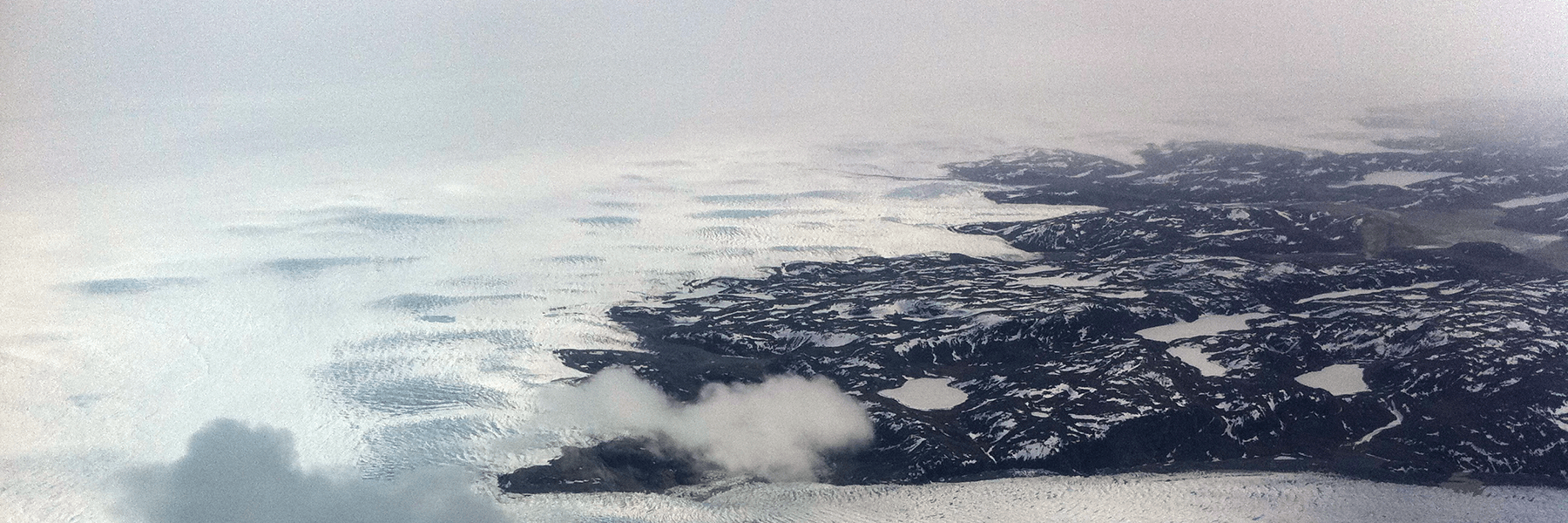New research demonstrates the connection between atmospheric patterns, opaque clouds, and warmer Greenland temperatures

Melting of the Greenland ice sheet due to warming temperatures is a large contributor to rising global sea level. Cloud cover influences temperatures in the Arctic, but spatial variability in clouds and temperature for Greenland have not yet been quantified. New research, led by CIRES scientists with the ESRL Physical Sciences Division, demonstrates the connection between certain large-scale circulation patterns, the occurrence of opaque clouds typically composed of liquid water, and warm temperatures at the Greenland surface. The study, to be published in Geophysical Research Letters, shows that occurrences of temperatures above 0°C relate closely to cloud cover. While prior work has shown that clouds enhance extreme melt events, this research for the first time uses observations to show the spatial relationship of these processes across the Greenland ice sheet, particularly in the southern regions of high mass loss.
The study found that by mapping both satellite measurements and surface observations, daily variability of opaque cloud cover and temperatures are closely linked. Anomalies in opaque clouds and temperatures are tied to circulation patterns, and the largest positive anomalies in both opaque clouds and temperatures relate to days with southerly winds impinging on Southern Greenland.
Findings from this study establish the co-variability of certain circulation patterns, clouds, and warm temperatures across Greenland, and demonstrate the importance of direct observations in remote areas. Better understanding these impactful large-scale processes will help to advance global environmental prediction capabilities.
The article "Warm temperature extremes across Greenland connected to Clouds" is by Michael Gallagher, Helene Chepfer, Matthew Shupe, and Rodrigo Guzman: https://doi.org/10.1029/2019GL086059.
Posted: March 31, 2020